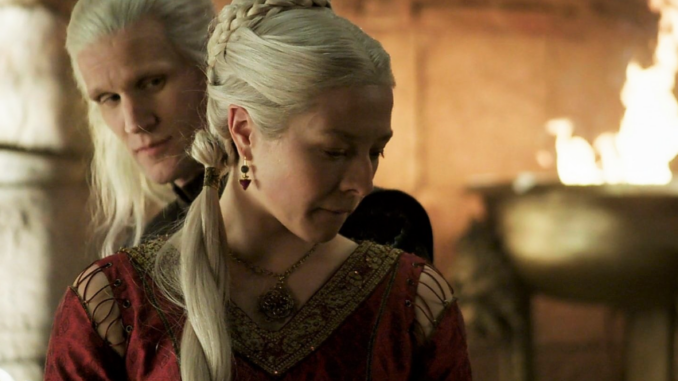
House of the Dragon – The inspirations behind the series you may not know
Although House of the Dragon is a fantasy series, the inspirations behind it are present in real life.
Every fantasy world has truth hidden within it. This applies to the “fantasy” genre, which often portrays a surreal world. Game of Thrones is no exception to this trend and neither is its future child, House of the Dragon. It can be seen that the era of dragons was inspired by medieval Europe, an era in which royal families still held supreme power. Although many of these similarities remind audiences of feudal England, House of the Dragon does not limit itself to one kingdom.
The following are the events that inspired the Targaryen civil war in House of the Dragon.
The Anarchy
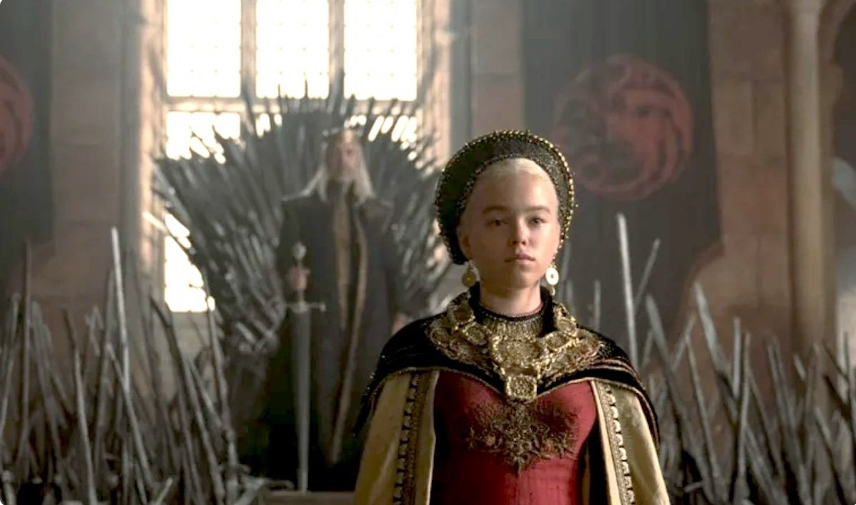
A milestone event that we cannot ignore is the decision to have Rhaenyra succeed. As a female, even though she has legitimate blood, “Queen Rhaenyra” is something the kingdom cannot accept overnight. This is unprecedented because up until now, only royal sons have inherited the Iron Throne. Viserys’ decision can be said to be the first stone that created the later civil war. In this regard, House of the Dragon was certainly inspired by events that took place during the reign of Henry I, England.
A shipwreck and a series of decisions can be said to be “unpredictable” (for example, letting two legitimate successors share a ship on a long voyage with the helmsman being a party-boy). term) caused the king to lose two sons at once, including Prince William – his legitimate son and successor. But instead of recognizing other male grandchildren as closely related to the royal family, Henry I named his remaining daughter, Princess Matilda, as his successor and cleared the way for her to the British Throne.
Of course, this caused an uproar in Henry’s court, not only because Matilda was a woman, the princess also had a husband, the Earl of Anchou at that time – who was not at all liked by the nobles in the court because of her relationship. hostility between the count and Normandy. The decision to let her daughter succeed her later plunged England into an age of chaos as Matilda and her husband fought against their cousins to regain the throne. As a joke of fate, after 19 years of wresting the throne from the princess of a relative faction, Matilda’s son, Henry II, was the one who sat on the British throne. Can you guess who Matilda’s image is appearing in?
The Habsburg royal family and intermarriages
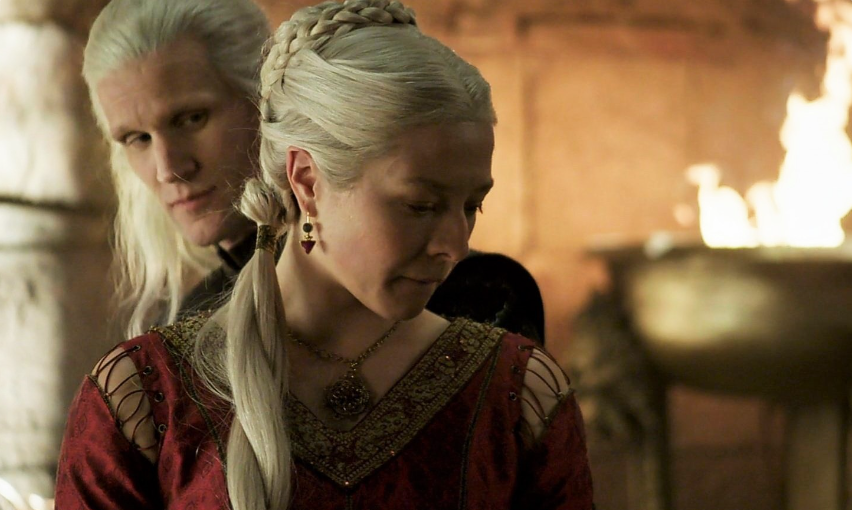
Dragons aren’t the only symbols from German culture that House of the Dragon borrows from. The Targaryen family is famous for having inbreeding marriages, which became the inspiration for Cersei and Jamie to continue their love affair. Aegon the Conqueror, who laid the foundations of the Targaryen dynasty, married and had children with his older sister and sister. Subsequent generations also let siblings marry each other to keep the Valyrian bloodline pure. This is a custom that makes viewers hesitate when they want to love a certain Targaryen. This detail is completely true in our history.
From Asia to Europe, inbreeding marriages were not a scary thing in the eyes of people living at that time, especially in the eyes of noble families. Just as it is logical that only families with noble bloodlines marrying each other can give birth to noble descendants, so it is the same with marriages within the family. Among them, the royal family that once ruled the kingdom stretching from Portugal to Transylvania, the Habsburgs, is the most famous.
Lasting for 200 years and ruling one of Europe’s most powerful kingdoms, the Habsburgs kept power at home by practicing inbreeding like the uncle-nephew pair of King Philip II of Spain and Anna of Spain. Austria (4th wife), marriage between close cousins Philip III (son of Philip II) and Margaret of Austria. Their descendants therefore suffer from many congenital diseases due to poor genetic resources. To date, in terms of genealogy, the male line of this family has been considered to have completely disappeared with the death of King Charles II in the 1700s.
George III, George IV and madness
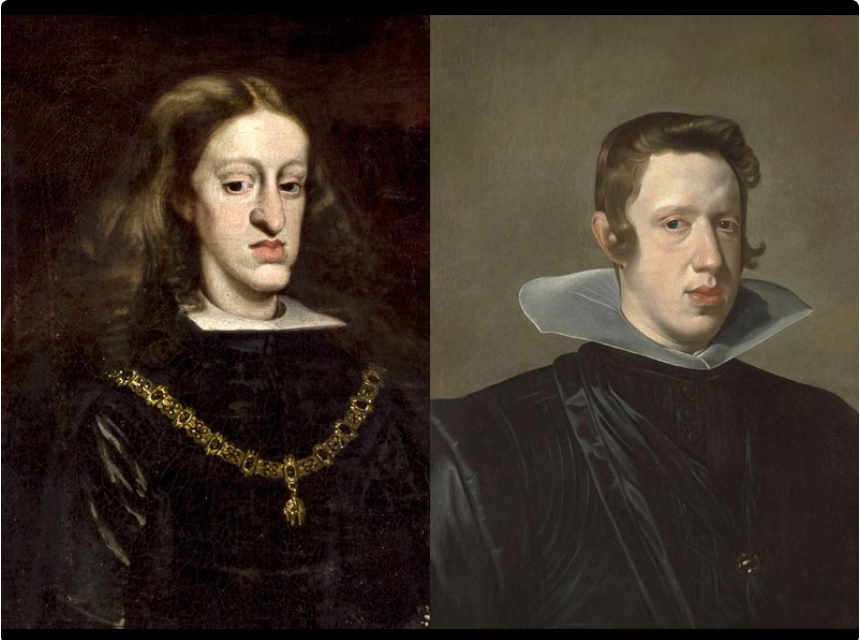
In addition to the tradition of incest, diseases have also long haunted the royal family and the case of King George III is perhaps the most famous. In his youth, the king was considered a talented man and made great contributions to British agriculture
Nation, but later, George III was tormented by a neurological disorder that later developed into a form of dementia. This disease was later passed on to King George IV’s son – whom fans of the Bridgerton series have seen briefly in the film.
The Targaryen madness is suggested by the series to be a product of incest, but many aspects are believed to be based on George III’s illness. This ill-fated Targaryen was the Mad King Aerys II. Even Aerys II’s nickname was inspired by George III’s nickname – the Mad King. Of course, George’s madness is no match for Aerys II.
The War of the Roses
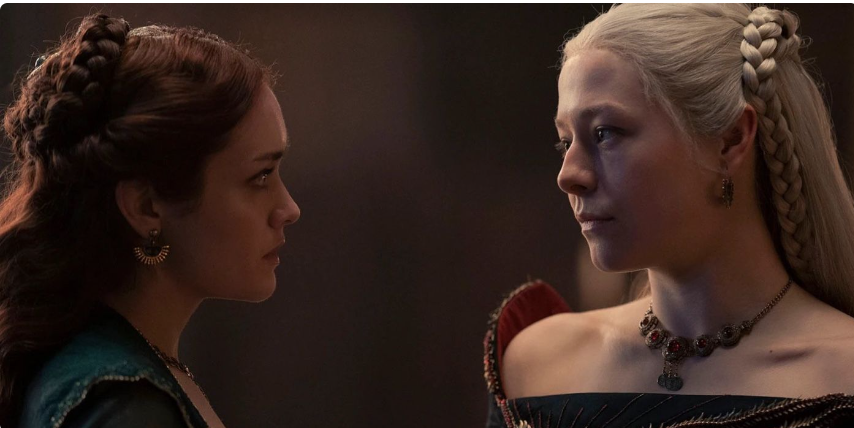
Many people believe that Game of Thrones is a fantasy version of the events of the War of the Roses that took place in the mid-15th century. In many ways, this statement is not wrong, but it was not until House of the Dragon that this series became new. recreates the essence of the Wars of the Roses. Game of Thrones is, after all, just a battle between 5 or 6 families, of which 2 families named Lanister and Stark have some similarities to Lancaster and York. The War of the Roses was essentially a civil war between two factions that came from a family tree that once sat on the English throne. Regarding this, according to the original, House of the Dragon is a fantasy version of this event.
Due to the succession crisis, the Targaryen clan divided into two factions with the right to sit on the Iron Throne. This war lasted for three generations, going from simmering discord and underground competition to bloody skirmishes. In the end, the descendants of both sides are the ones who put an end to this deadly dance.
